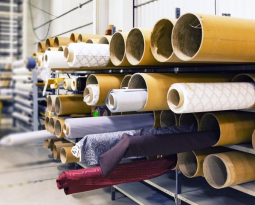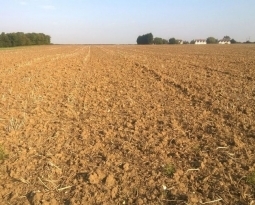Nevada Patent of the Month – February 2021
Electrical distribution systems often incorporate a dielectric cover over the high voltage components to protect various animals from electrocution. Electrocution is fatal to the animals, but also leads to over-current conditions which often lead to power-outages. Current covers are vertical and sized to prevent a perching bird from contacting the energized wire or any high voltage metal component while contacting the grounded support structure. However, the covers are subjected to environmental factors where deposition of sea salt or pesticides from the wind can reduce the insulating capacity. A taller cover might combat this issue but would be very costly to implement, and the additional bulk can compromise the structure. ECO Electrical Systems has redesigned these covers to increase their insulating properties without increasing the size.
ECO Electric’s design uses 3 horizontal skirts to increase leakage distance between the top and bottom of the cover. The 0.75-1 in. skirts extend from the body of the cover and ensure contaminants won’t build up along the bottom or between skirts. Reduced contaminant build up maintains the insulation capabilities. The water is instead directed over the edge of the skirts and less likely to direct contaminants within the cover. The skirts also increase the surface area between the wires which protrude at the top and bottom of the cover. This increased area reduces current leakage which could result in ignition or power outages. The use of horizontal skirts improves the capabilities of the previous vertical only covers.
About ECO Electrical
Eco Electrical Systems has been designing and manufacturing avian protection products, bird guards, for over 20 years. Their innovative bird protection covers have improved reliability by reducing avian and wildlife electrocutions, momentary, and permanent power outages on distribution, transmission, and substation power systems for major electrical utilities.
Are you redesigning existing technology? Did you know your development work could be eligible for the R&D Tax Credit and you can receive up to 14% back on your expenses? Even if your development isn’t successful your work may still qualify for R&D credits (i.e. you don’t need to have a patent to qualify). To find out more, please contact a Swanson Reed R&D Specialist today or check out our free online eligibility test.
Who We Are:
Swanson Reed is one of the U.S.’ largest Specialist R&D tax advisory firms. We manage all facets of the R&D tax credit program, from claim preparation and audit compliance to claim disputes.
Swanson Reed regularly hosts free webinars and provides free IRS CE and CPE credits for CPAs. For more information please visit us at www.swansonreed.com/webinars or contact your usual Swanson Reed representative.

















